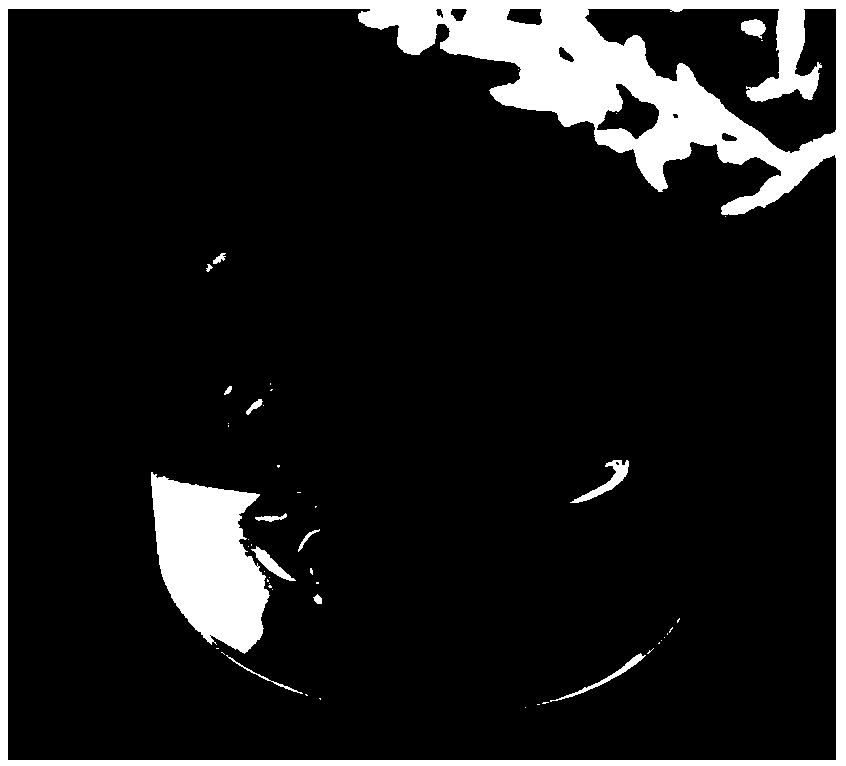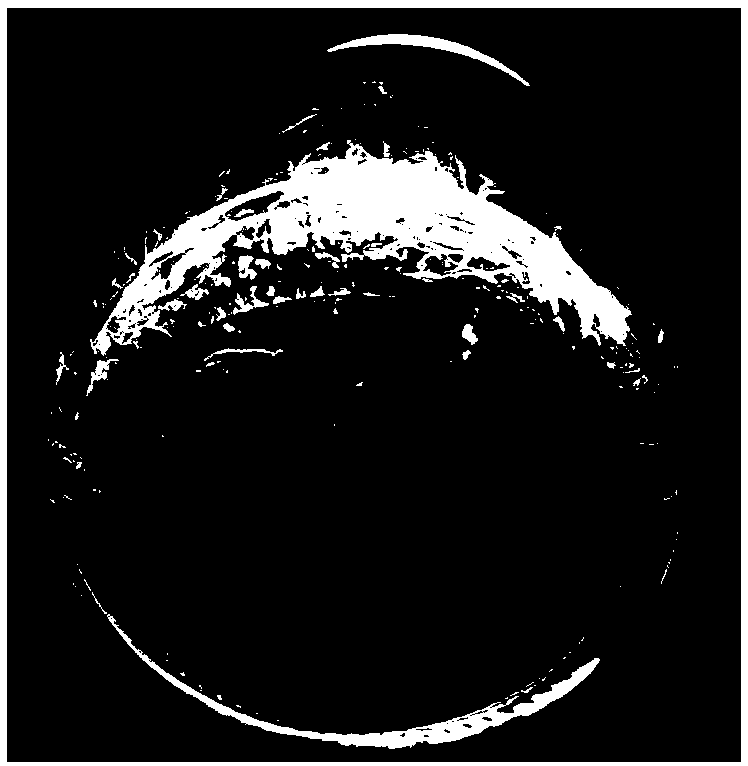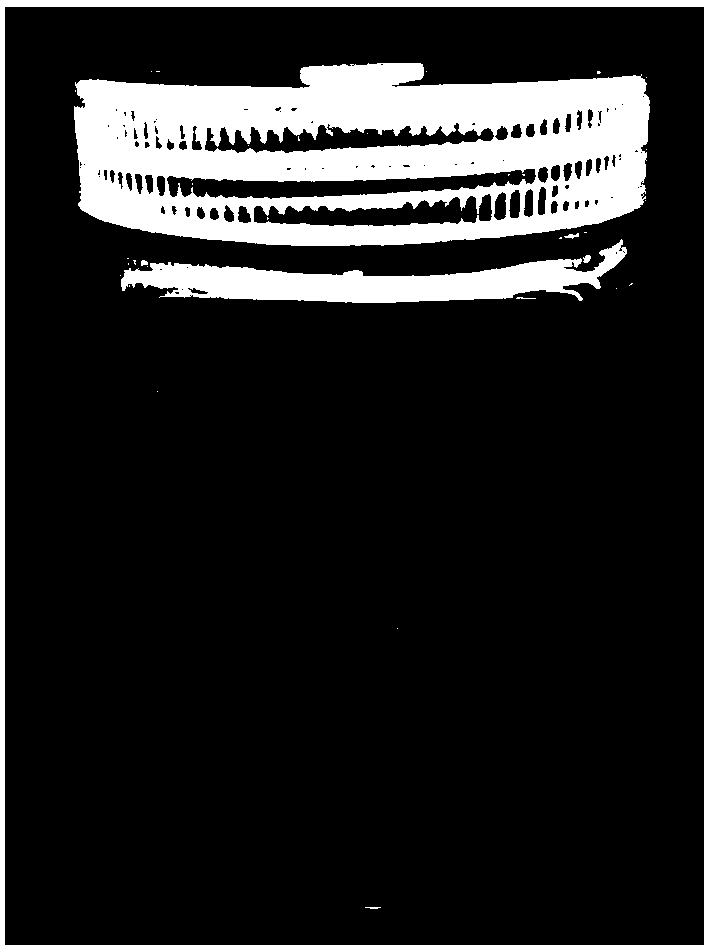Tissue culture method of begonia
A technology of tissue culture and culture medium, which is applied in the field of tissue culture of begonia leaves, can solve the problems of seasonal limitation of reproduction and low reproduction efficiency, and achieves the effects of short reproduction time, improved reproduction efficiency and good economic benefits.
- Summary
- Abstract
- Description
- Claims
- Application Information
AI Technical Summary
Problems solved by technology
Method used
Image
Examples
Embodiment 1
[0046] The tissue culture method of the foliage begonia of the present invention comprises the following steps:
[0047] Pretreatment: take the leaf-viewing begonia and cut them into 1cm*1cm squares through the young leaves, sterilize them with mercury chloride for 2-3 minutes, wash them with sterile water for 3-5 times, and obtain the explants after sterilization; The leaves of Begonia foliage are the new leaves 30 days after the leaves of Guanye Qiuhai are inserted through the young leaves;
[0048] Primary culture: inoculate the sterilized explants on the first culture medium for primary culture to obtain the first generation clustered shoots; the composition of the first culture medium is: MS basic medium supplemented with 1.5mg / L KT , 0.2mg / L NAA, 0.1mg / L 2,4-D, 30g / L sucrose, 8g / L agar; figure 1 shown
[0049] Induction culture: inoculate the first-generation clustered shoots into the second medium for induction culture to obtain rooted shoots; the second medium is 1 / 2MS...
Embodiment 2
[0055] The difference between the present invention and Example 1 is only that: the composition of the first medium is: MS basic medium supplemented with 0.2mg / L KT, 0.05mg / L NAA, 0.02mg / L 2,4-D, 10g / L sucrose, 6g / L agar.
[0056] In this embodiment, during the primary culture process, the primary culture time is 30-35 days. During the induction culture process, it takes 30-35 days for the induction culture to obtain rooted seedlings; the average root number of each rooted seedling is 10-14, the root length is 6-10 cm, and the plant height of the rooted seedlings is 2-3 cm. During the multiplication and cultivation process, the plant height of the obtained strong seedlings is 3-6 cm, the multiplication and cultivation time is 30-35 days, and the multiplication coefficient is 8.
Embodiment 3
[0058] The only difference between the present invention and Example 1 is that the composition of the first medium is: MS basic medium supplemented with 0.5mg / L KT, 0.1mg / L NAA, 0.1mg / L 2,4-D, 20g / L sucrose, 7g / L agar.
[0059] In this embodiment, during the primary culture process, the primary culture time is 20-25 days. During the induction culture process, it takes 20-25 days for the induction culture to obtain rooted seedlings; the average root number of each rooted seedling is 14-18 roots, the root length is 8-12 cm, and the plant height of the rooted seedlings is 3-4 cm. During the multiplication culture process, the plant height of the strong seedlings obtained is 4-7 cm, the multiplication culture time is 25-30 days, and the multiplication coefficient is 10.
PUM
 Login to View More
Login to View More Abstract
Description
Claims
Application Information
 Login to View More
Login to View More - R&D
- Intellectual Property
- Life Sciences
- Materials
- Tech Scout
- Unparalleled Data Quality
- Higher Quality Content
- 60% Fewer Hallucinations
Browse by: Latest US Patents, China's latest patents, Technical Efficacy Thesaurus, Application Domain, Technology Topic, Popular Technical Reports.
© 2025 PatSnap. All rights reserved.Legal|Privacy policy|Modern Slavery Act Transparency Statement|Sitemap|About US| Contact US: help@patsnap.com



